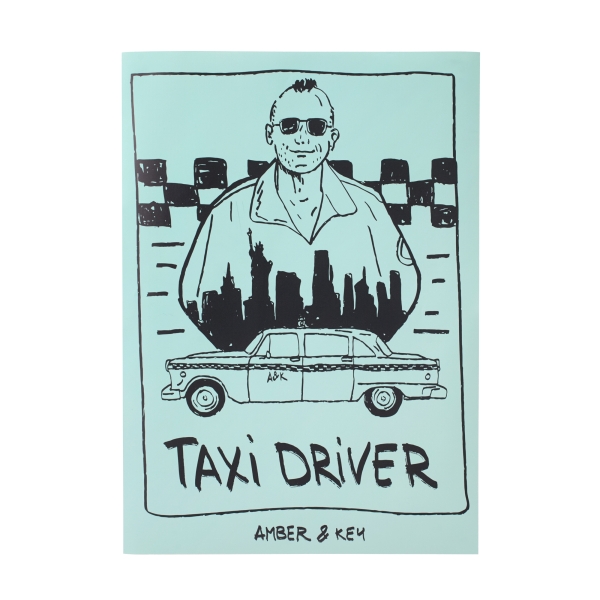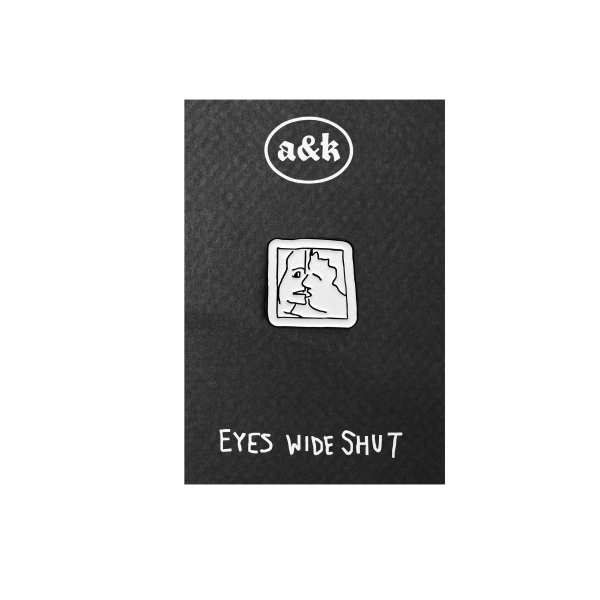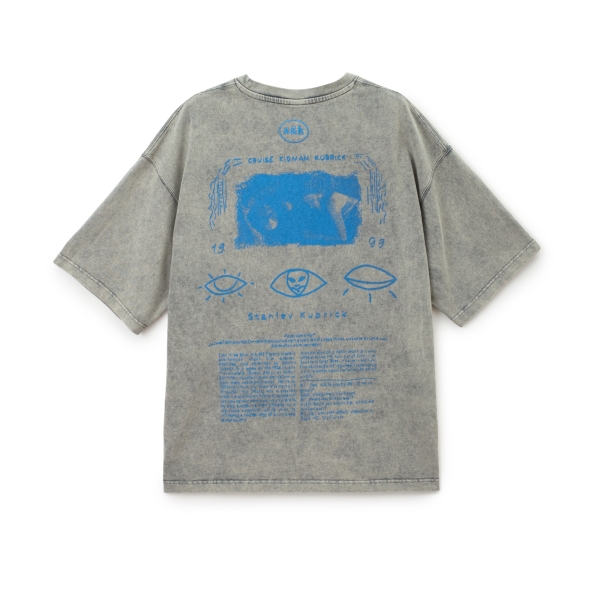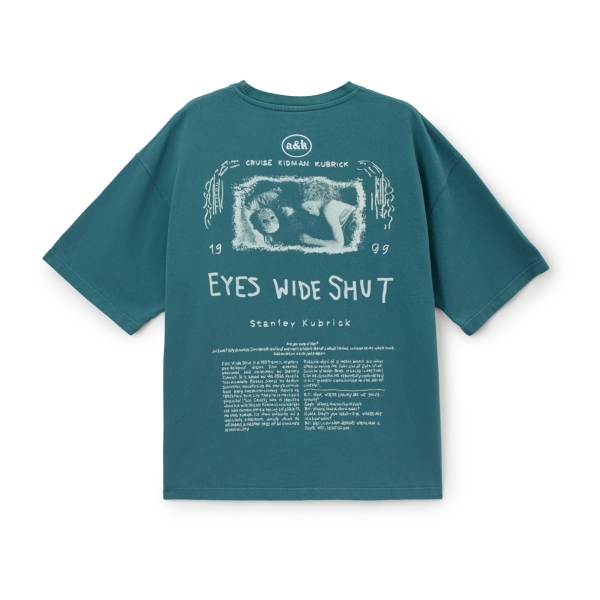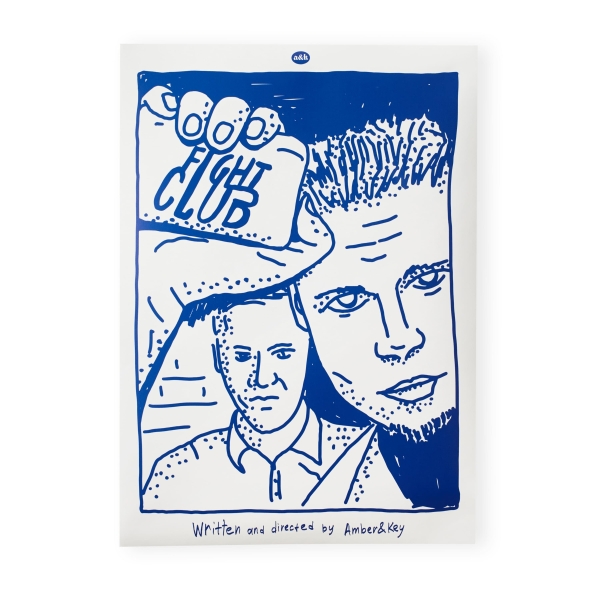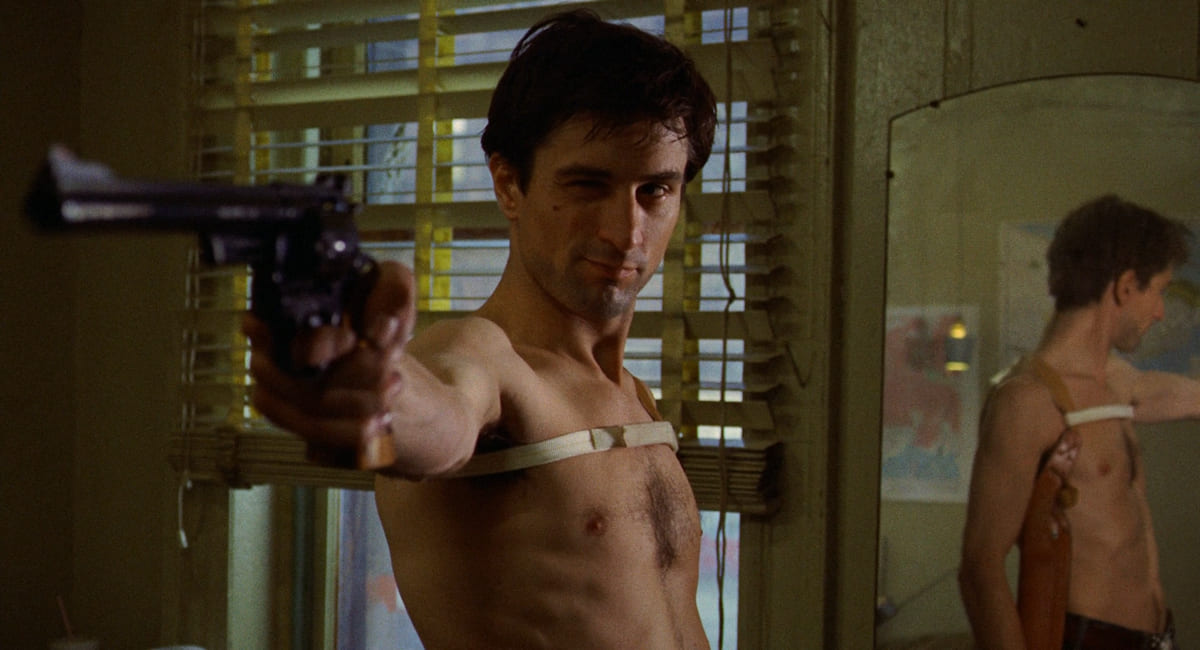
The world in which Travis dissolves
The city never sleeps, but it doesn’t notice Travis Bickle. New York in the 70s, as portrayed in Martin Scorsese’s film, is a bubbling chaos that swallows those who haven’t found their place. Travis, a war veteran, can’t adapt to life after the frontlines. He drives at night, observing the filth of the streets, the lives of others, and his own alienation.
This isolation isn’t just background noise. It’s the core of the film. Travis is a man lost in a city where no one is looking for him. His taxi becomes a coffin on wheels, gliding past neon lights.
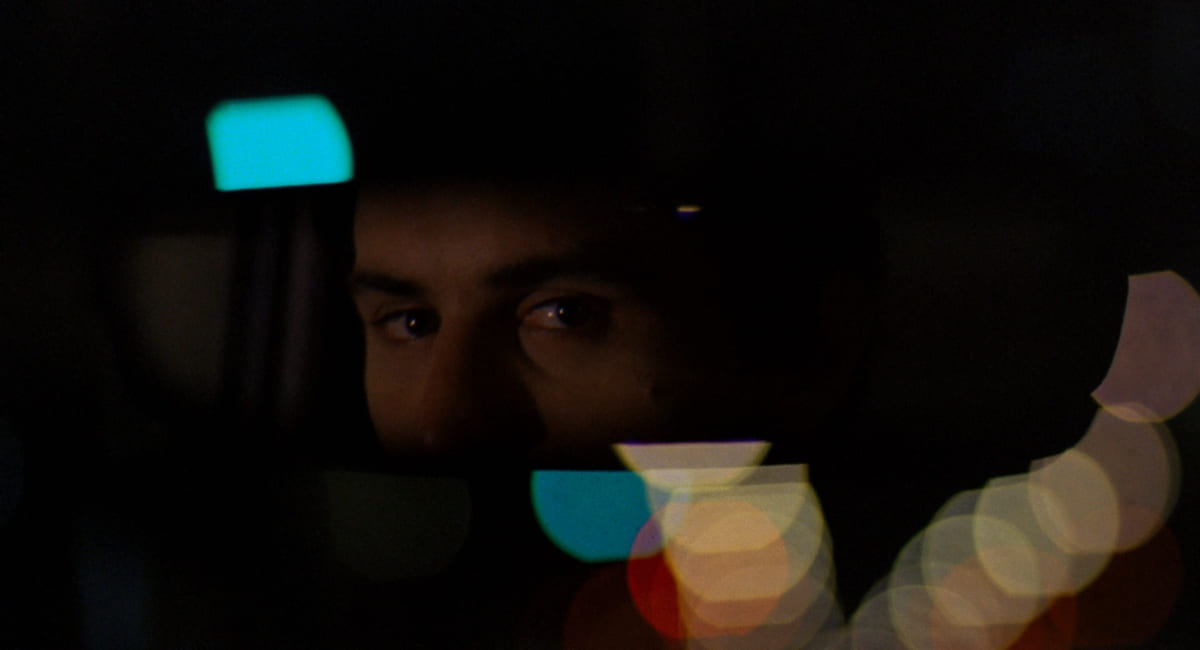
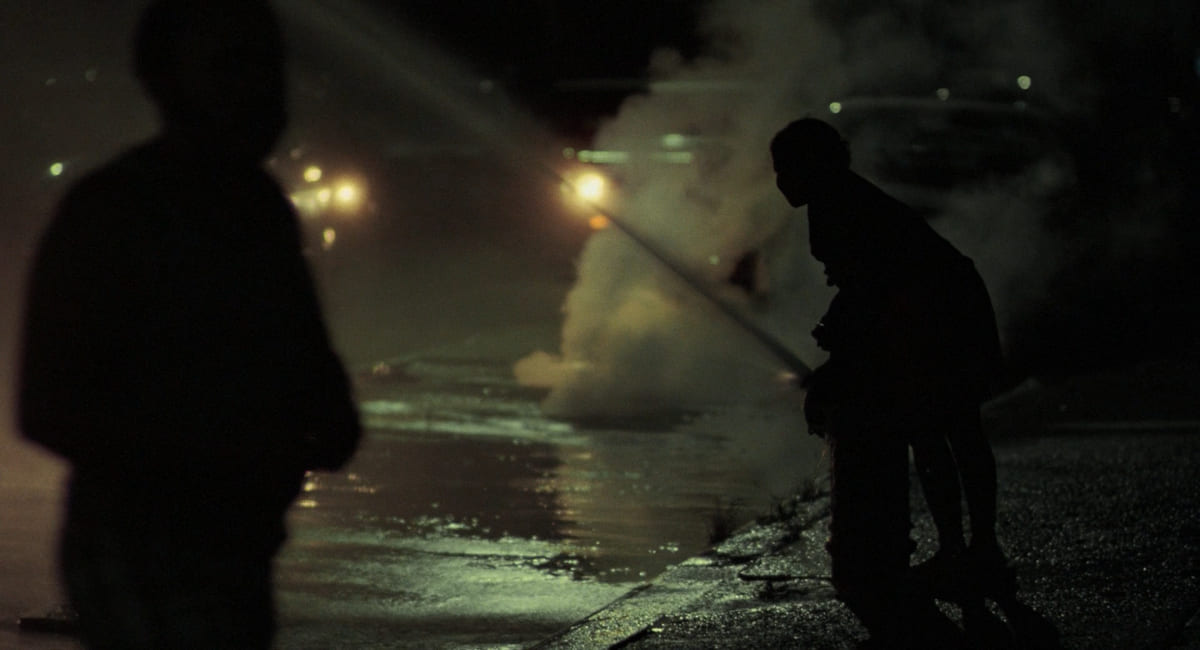
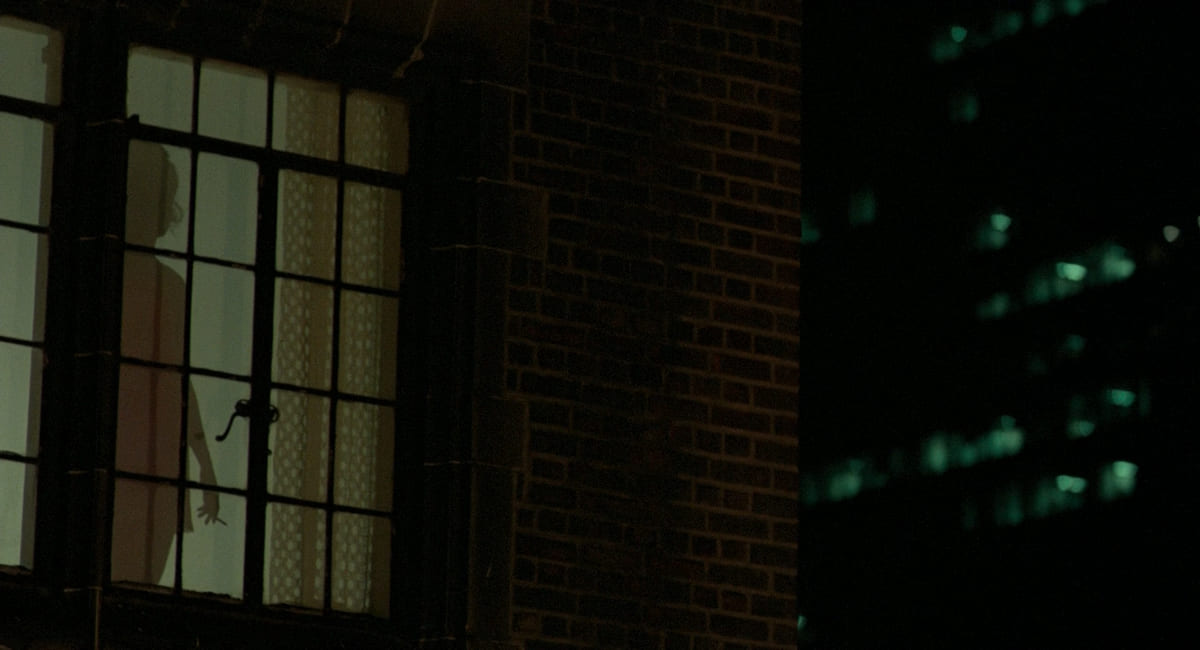
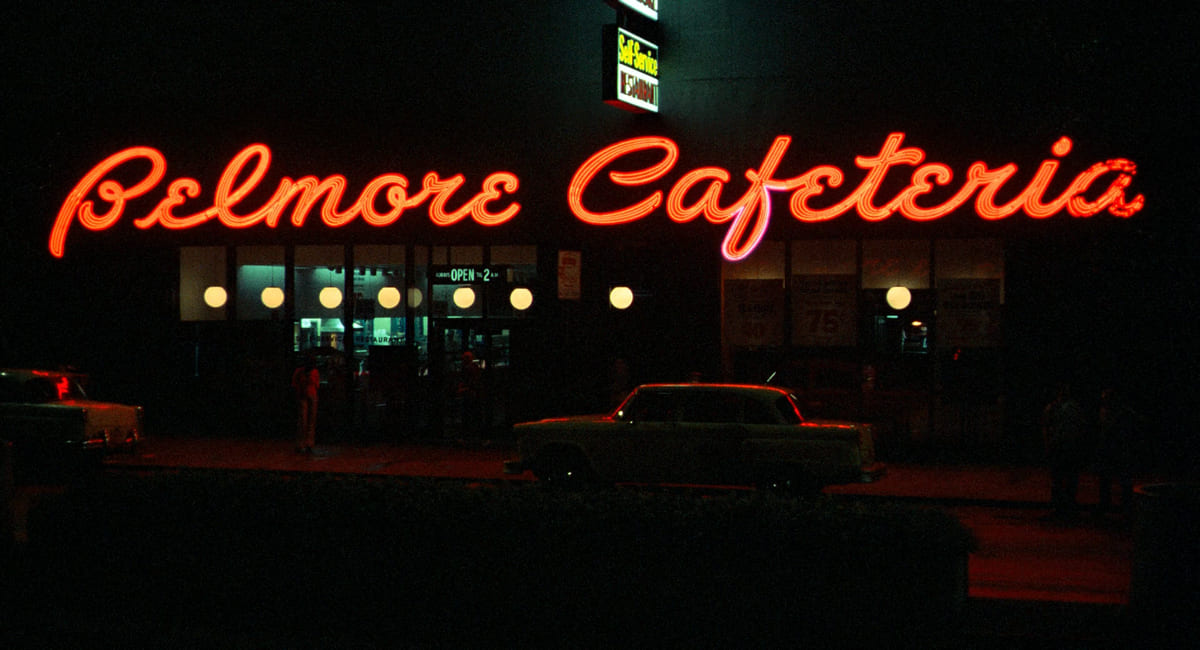
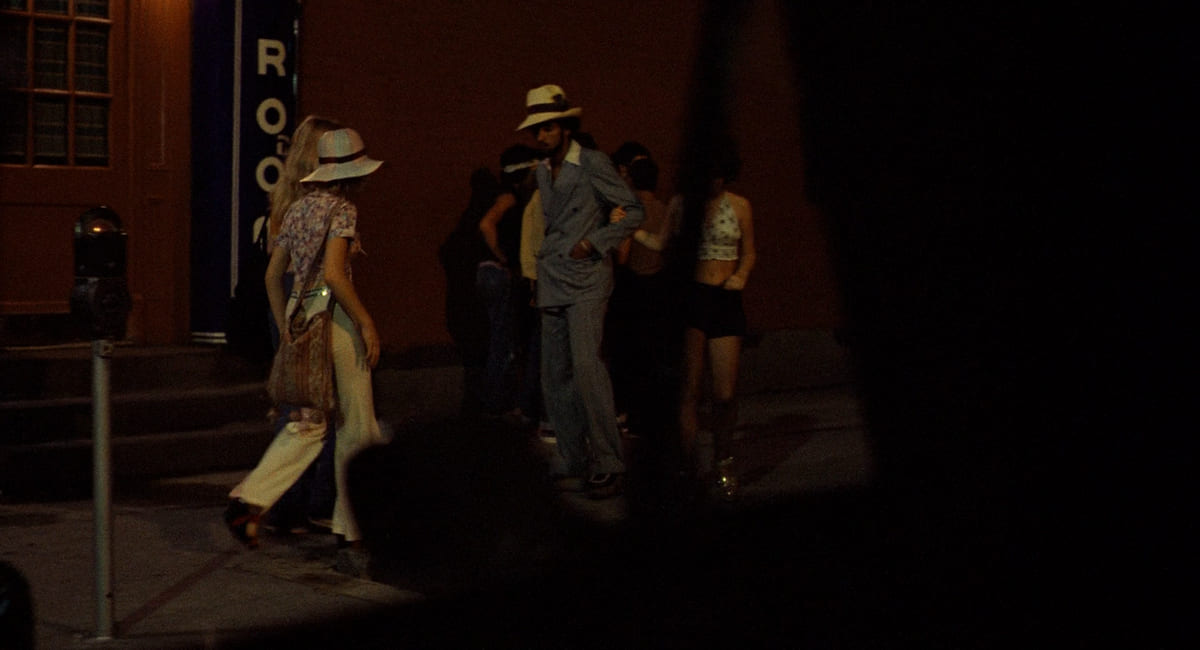
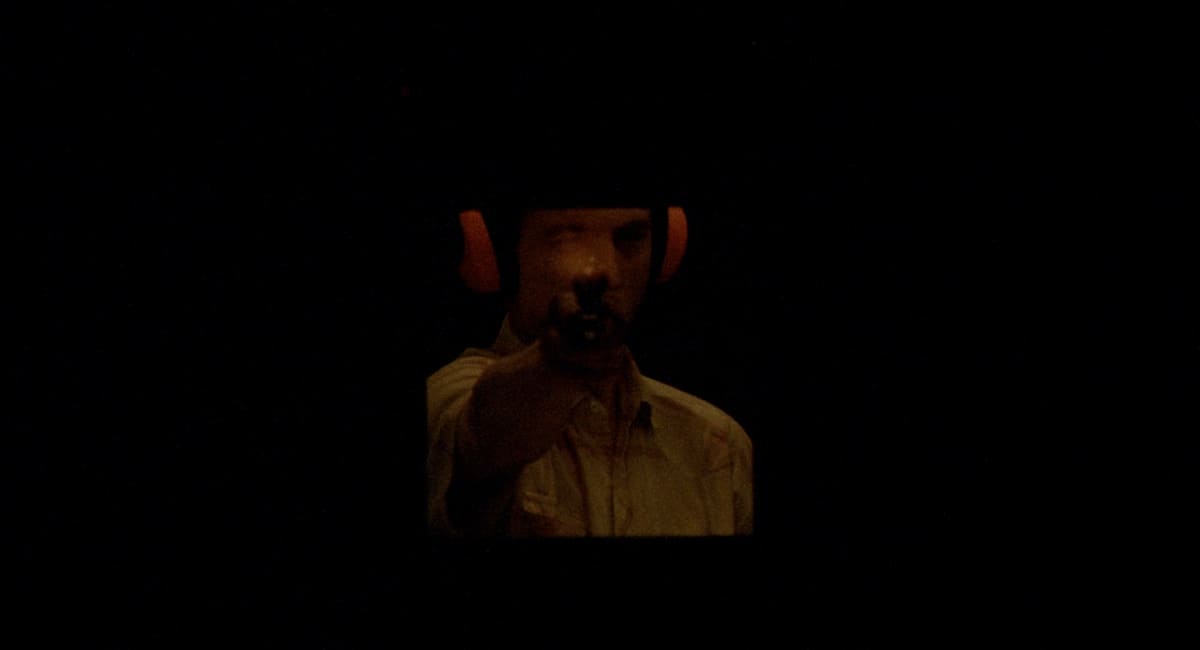
Inspired by this dark aesthetic, the Amber&Key team has created a collection dedicated to "Taxi Driver". Feel the spirit of the film through our brand.
Travis Bickle – a portrait of a man on the edge
Robert De Niro plays Travis with terrifying precision. This isn’t just a character – it’s a real person whose soul is scorched by loneliness. He scribbles disjointed thoughts in his diary, trains in front of a mirror, preparing to become something greater.
His view of the world is a disturbing duality: on one hand, he dreams of purity, order, cleansing the city of filth; on the other, he becomes part of that chaos. He idealizes Betsy, seeing her as an angel, but doesn’t know how to connect with her. He wants to save the young prostitute Iris, but his methods of salvation are pure aggression.
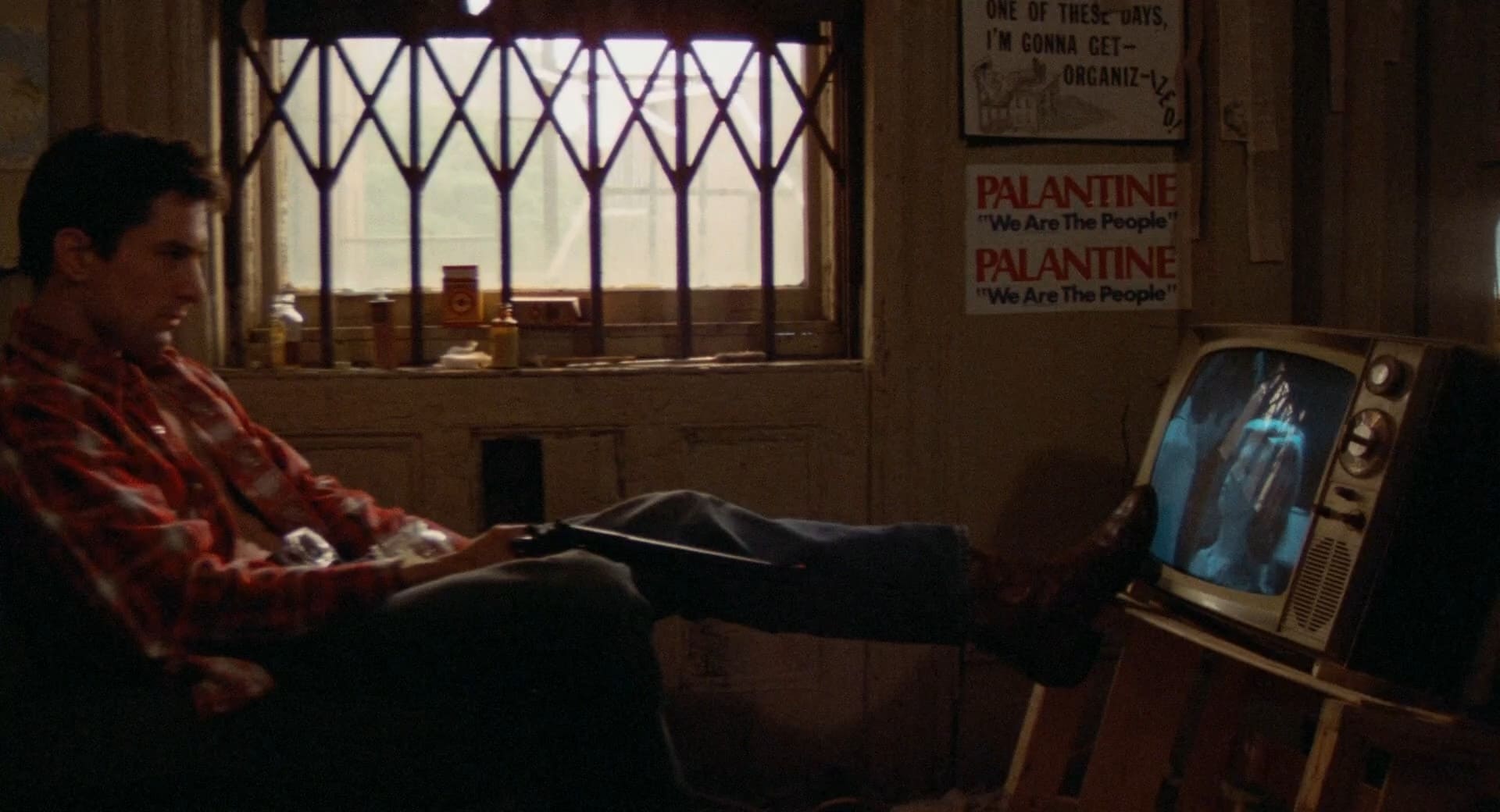
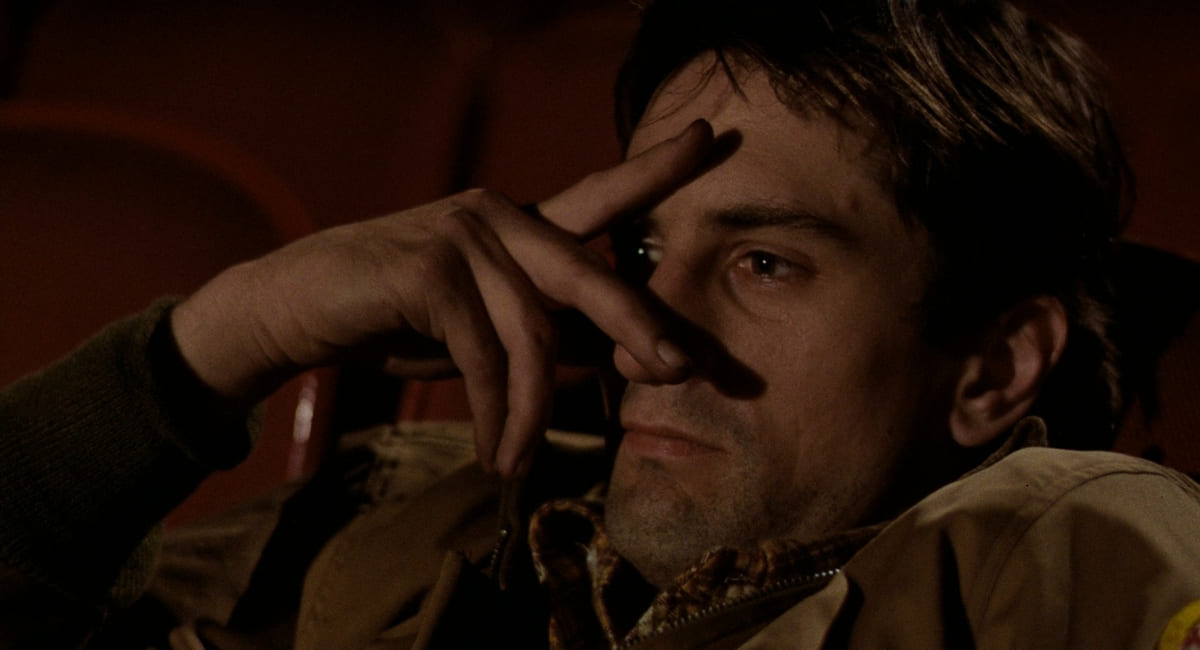
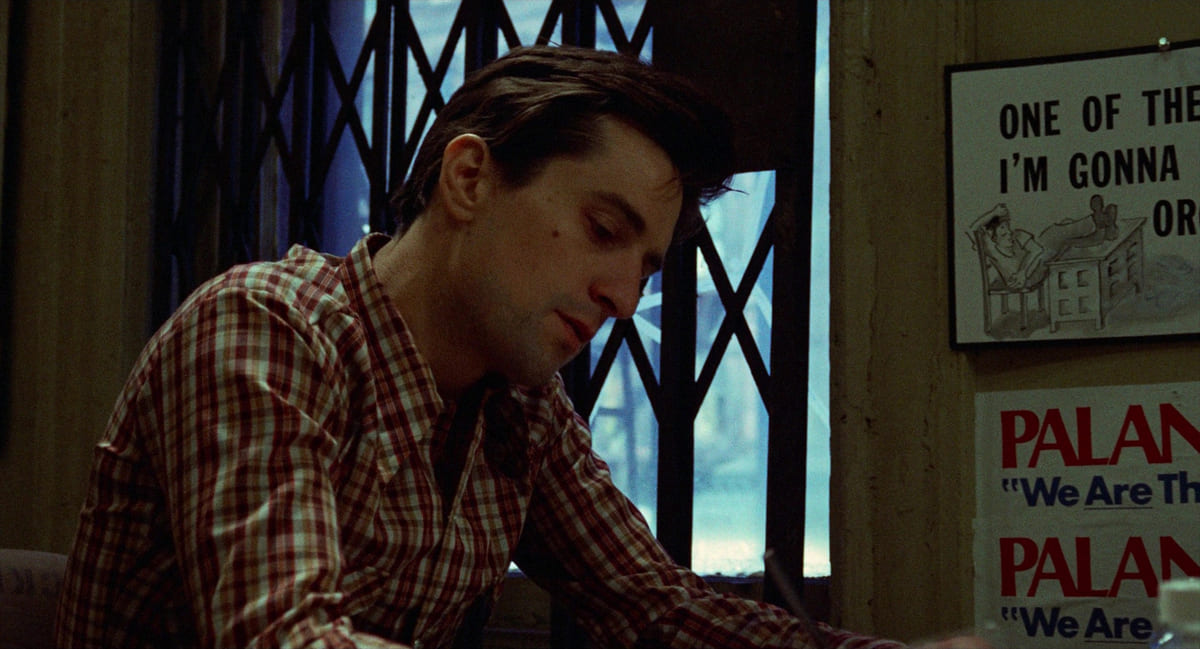
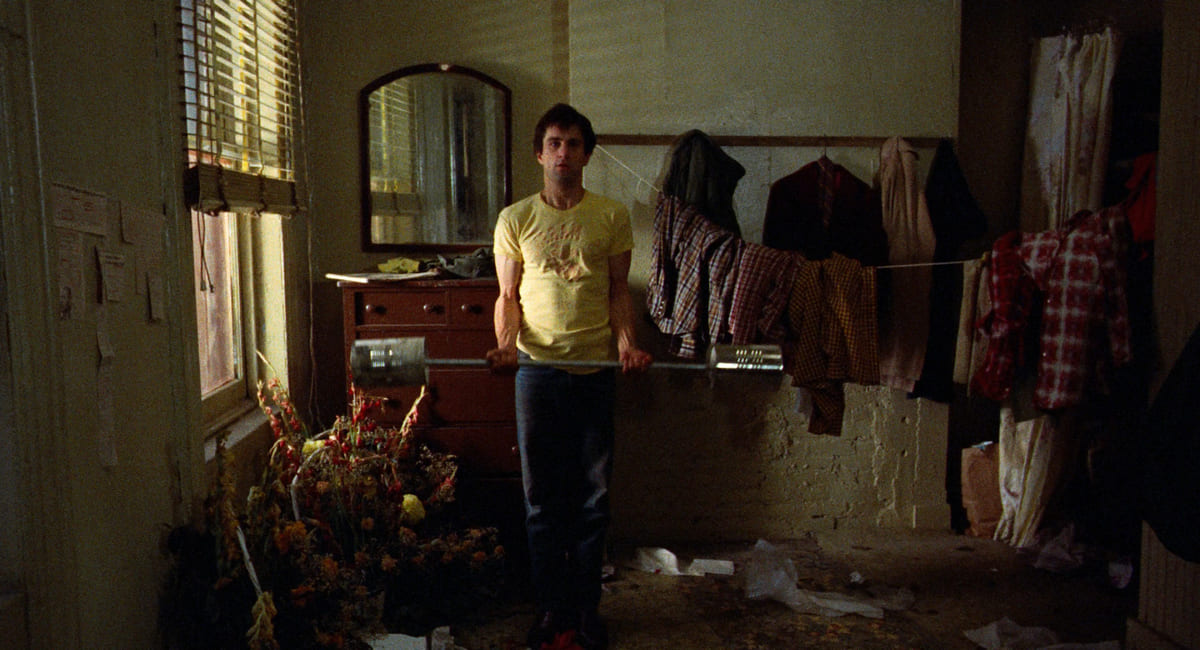
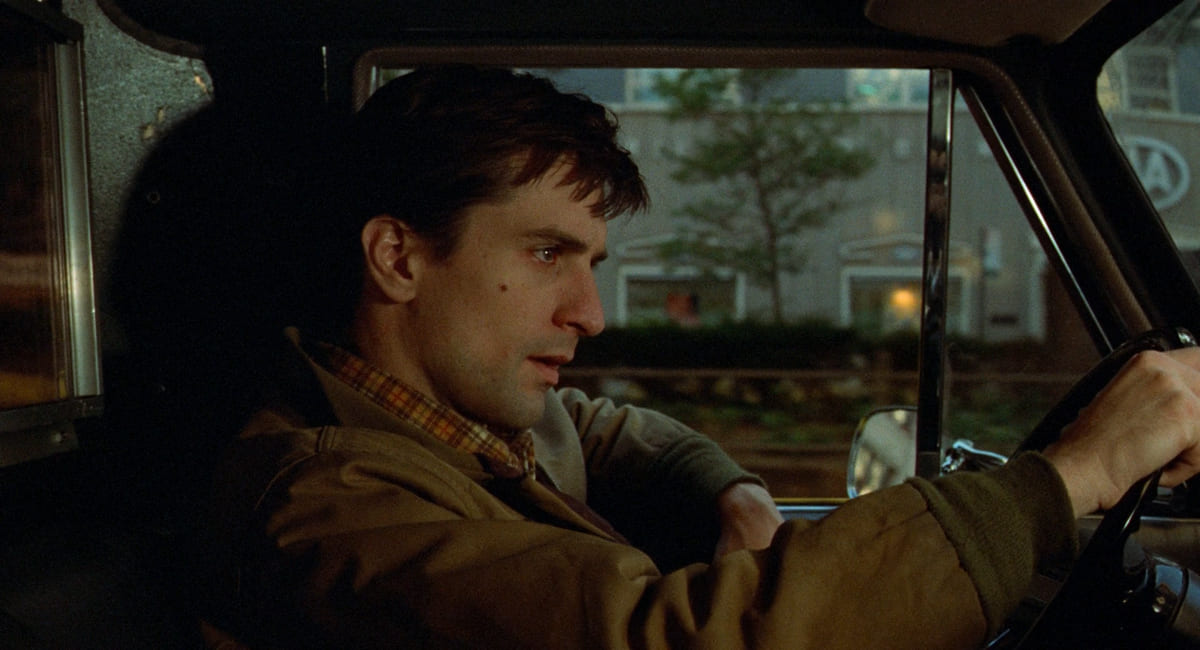
How was "Taxi Driver" made?
A few words about the creators of this legendary film. The idea was born from the personal demons of screenwriter Paul Schrader. He himself was going through a period of deep depression, driving alone at night, feeling disconnected from the world. This experience became the foundation for Travis.
Produced by Michael Phillips and directed by Martin Scorsese – then young but already promising – the film was financed thanks to the success of "Alice Doesn’t Live Here Anymore". The budget was just $1.3 million, but it was enough to create one of the most atmospheric dives into the dark side of the big city.
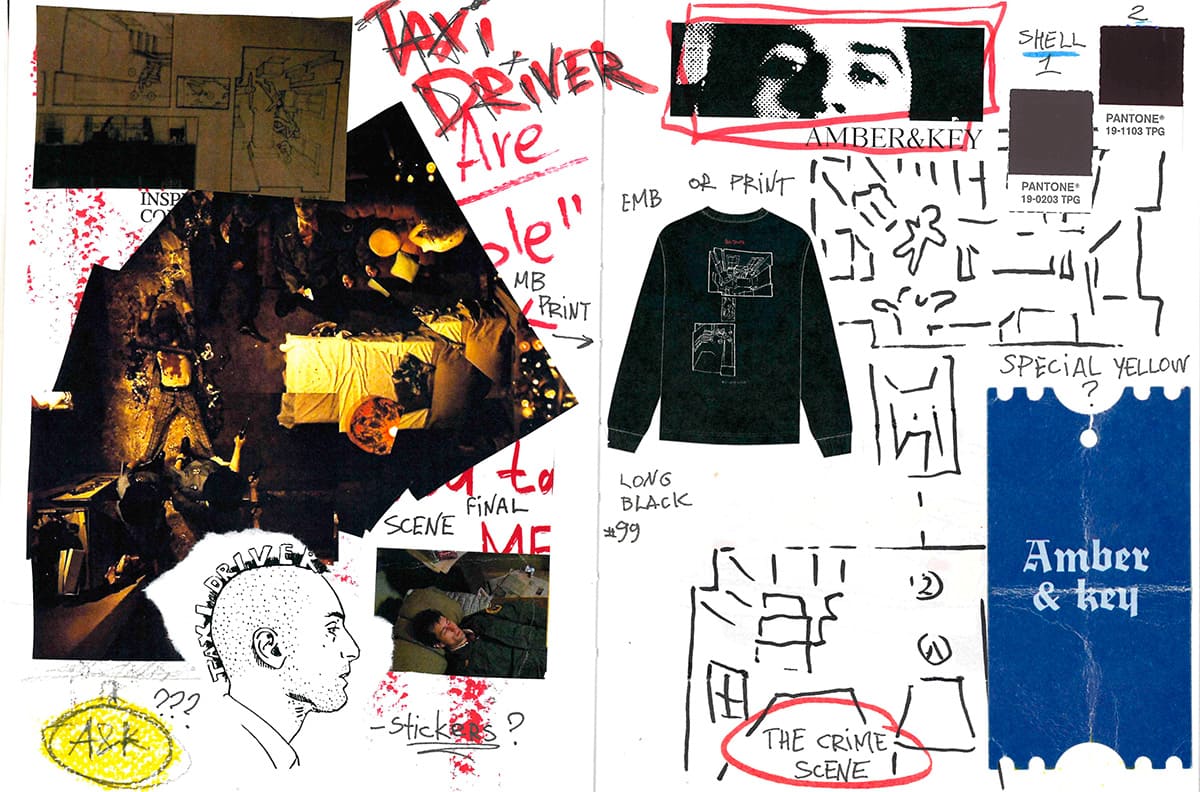
Robert De Niro prepared for the role by working as a taxi driver in New York. He spent nights behind the wheel, studying passengers’ mannerisms to absorb his character’s essence. Legend has it that the iconic mirror scene – “You talkin’ to me?” – was pure improvisation.
The soundtrack was composed by the legendary Bernard Herrmann, known for his work with Hitchcock. It was his final work – he passed away the day after recording the final theme.
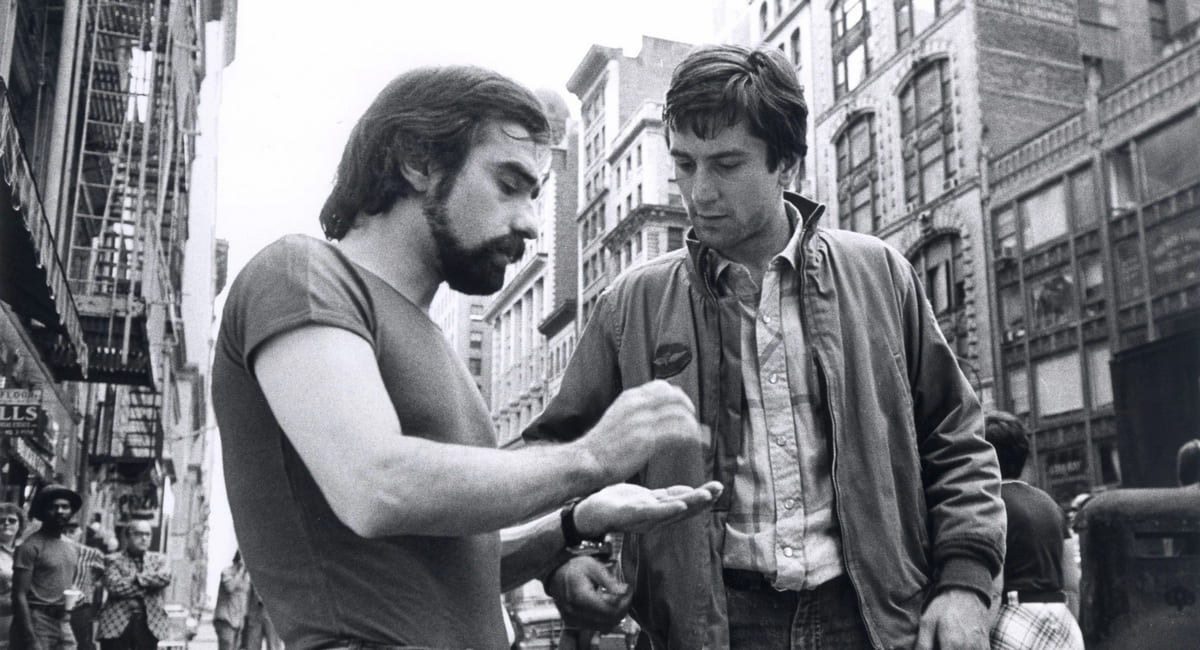
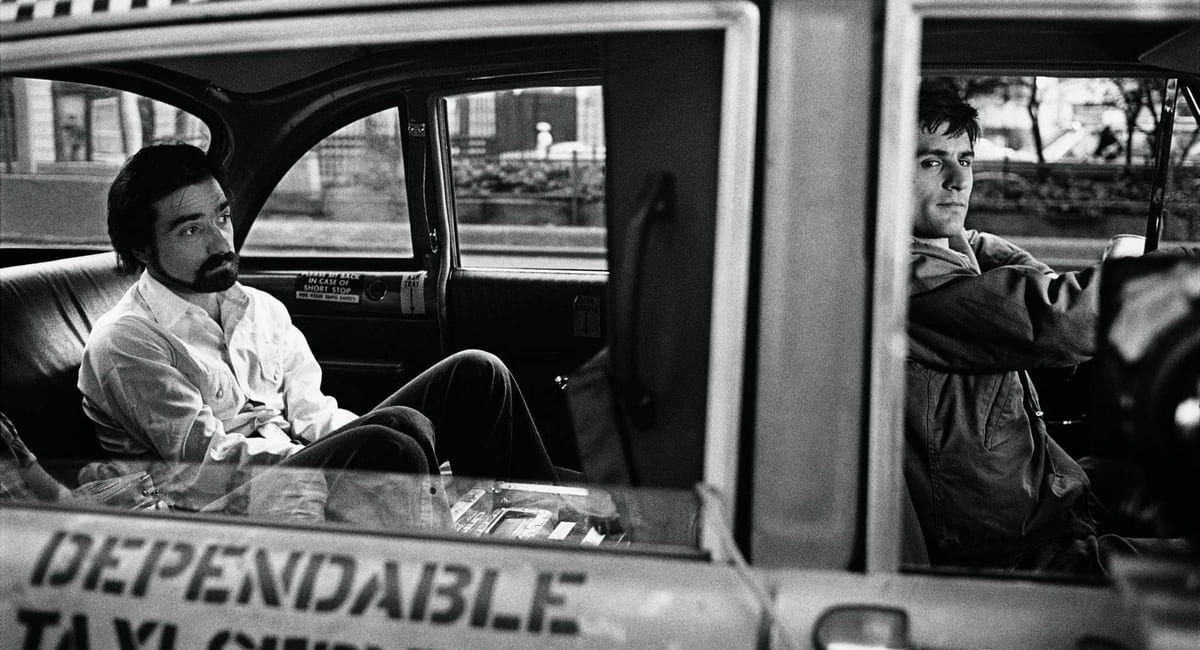
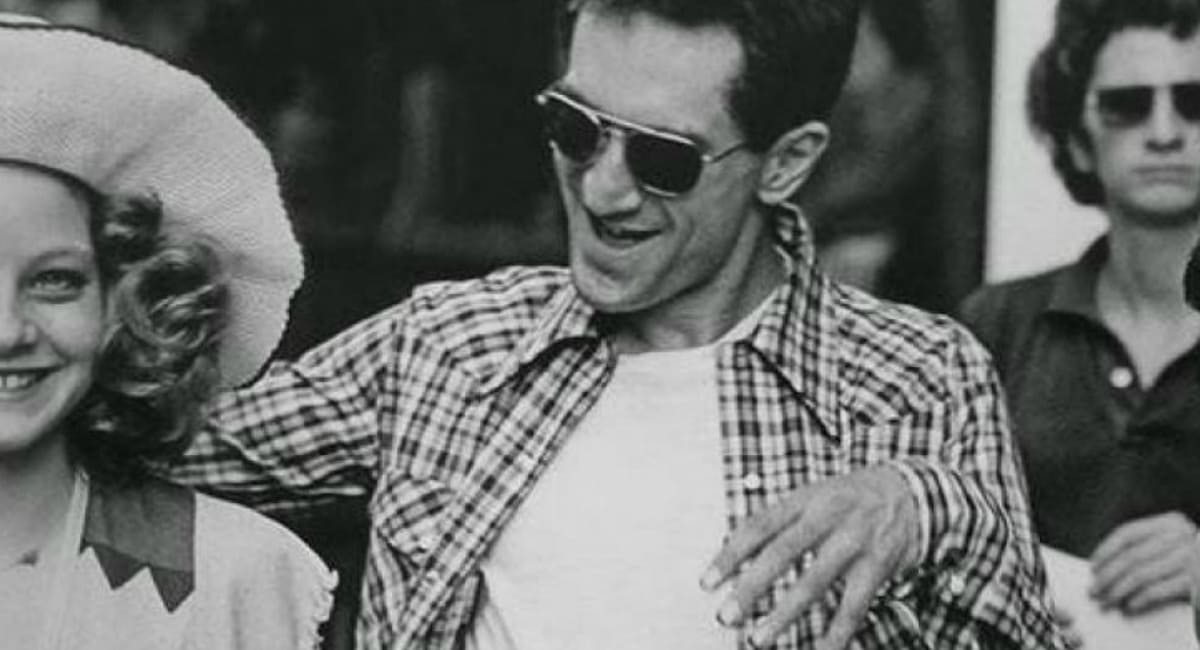
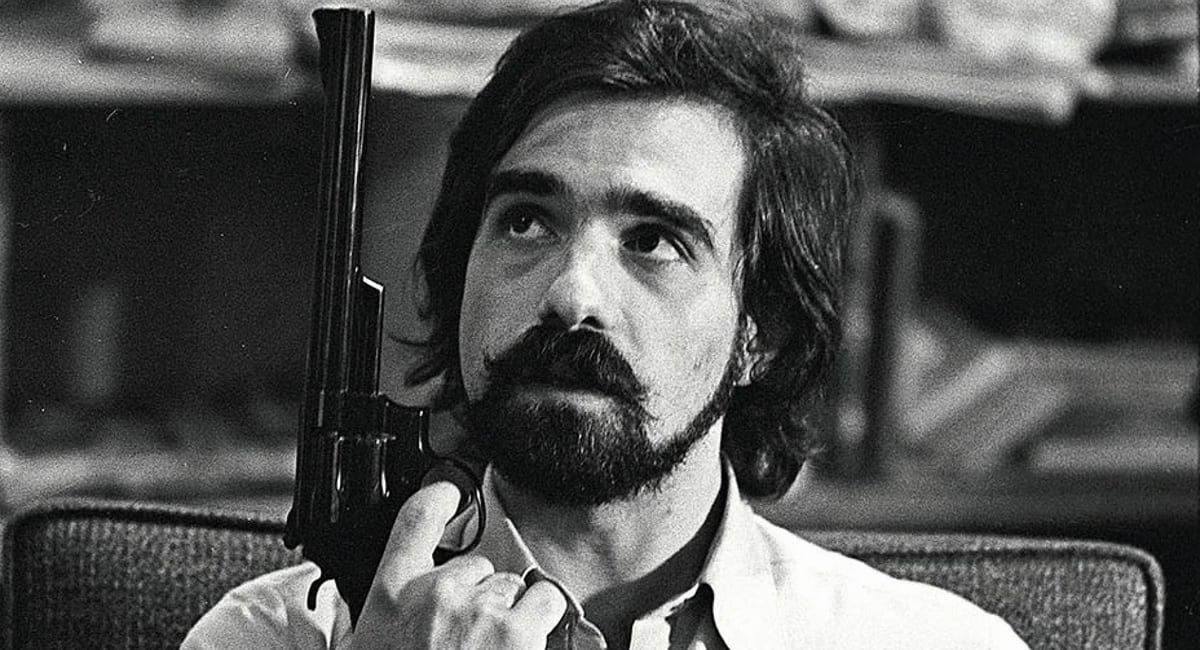
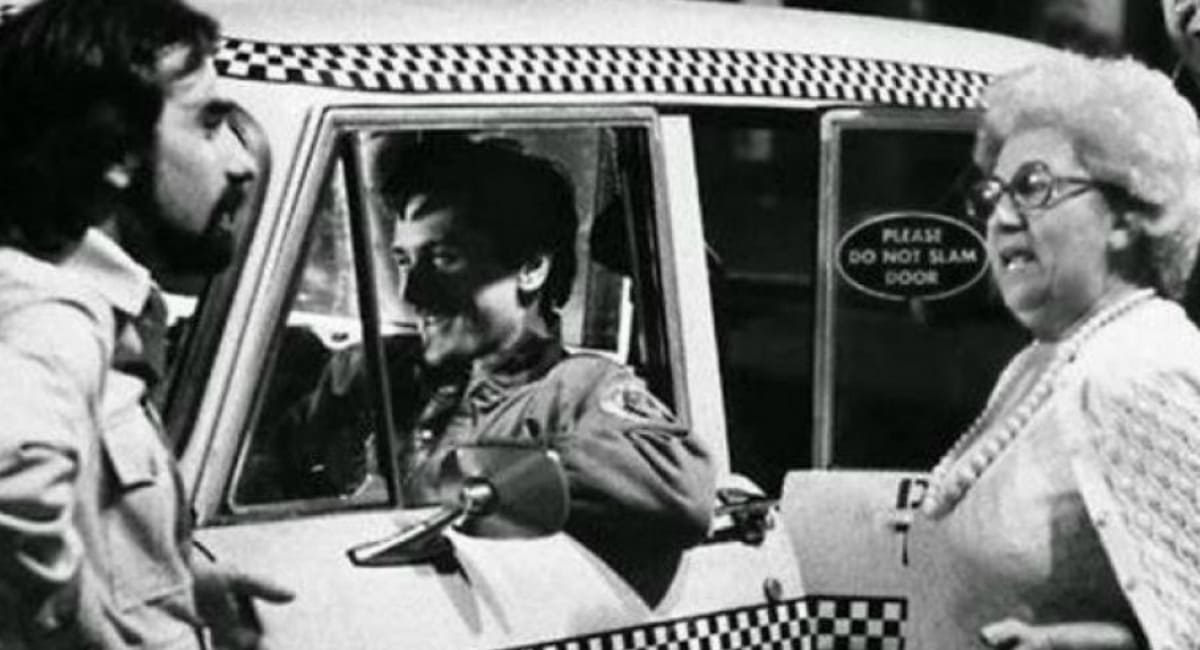
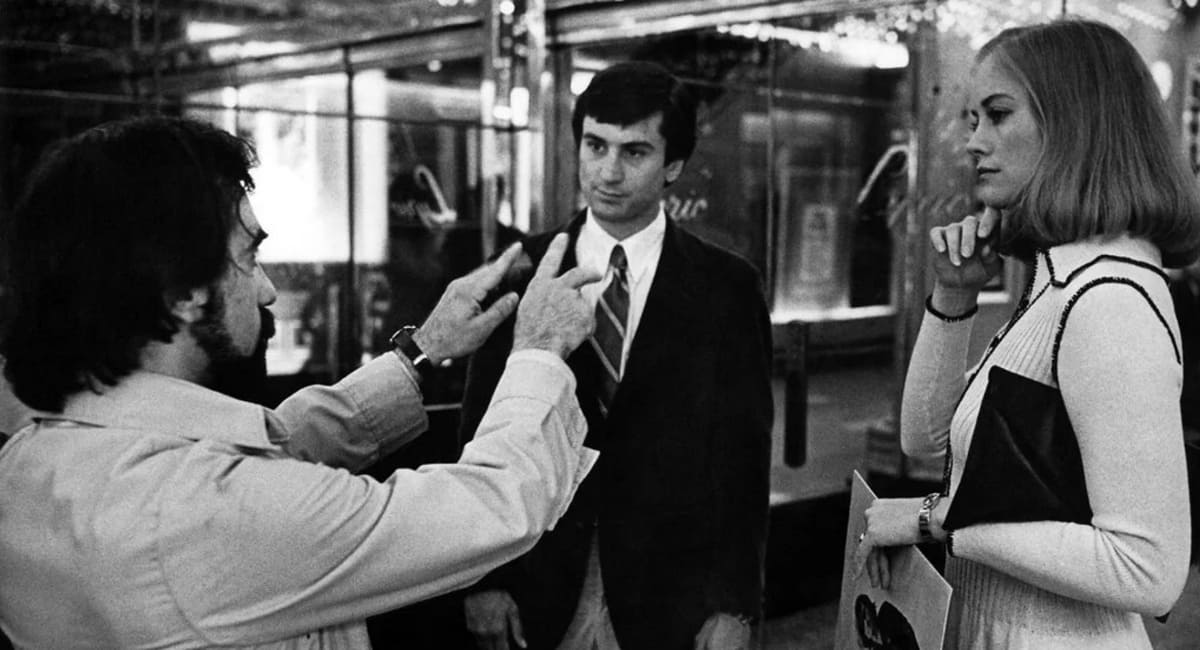
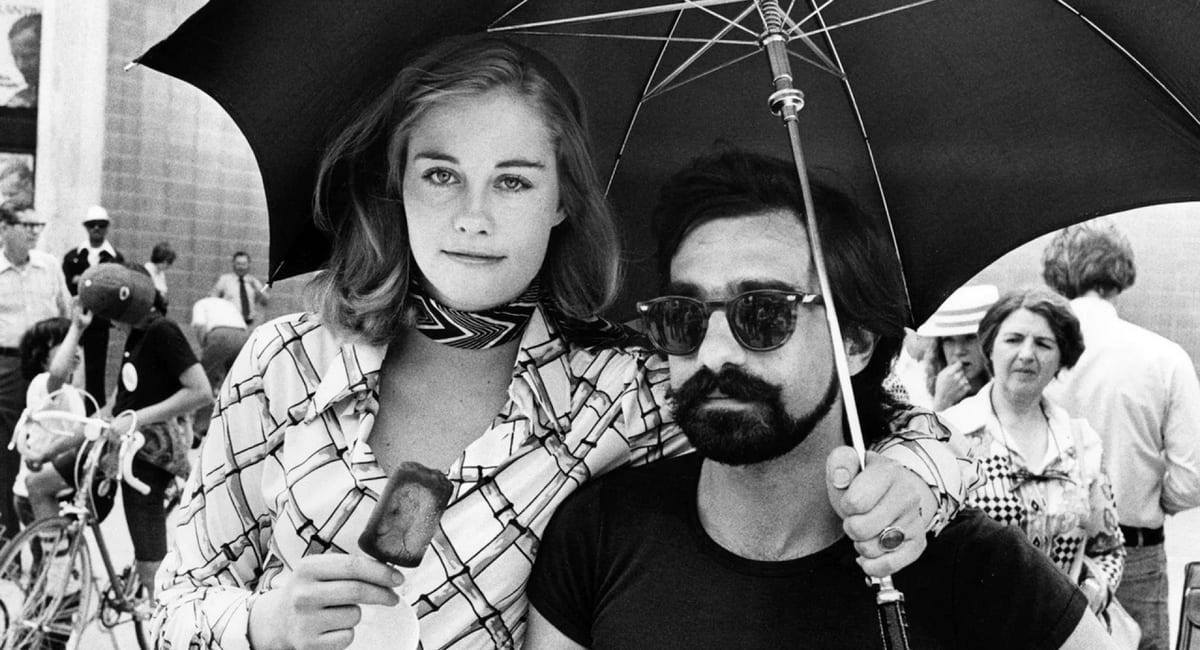
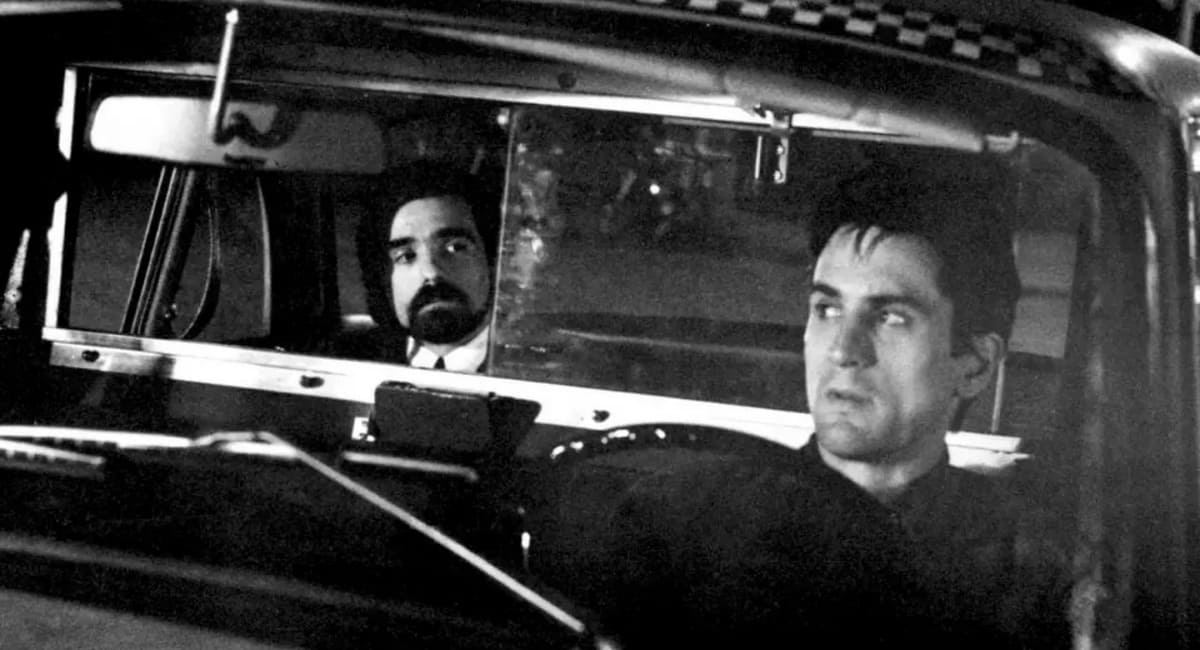
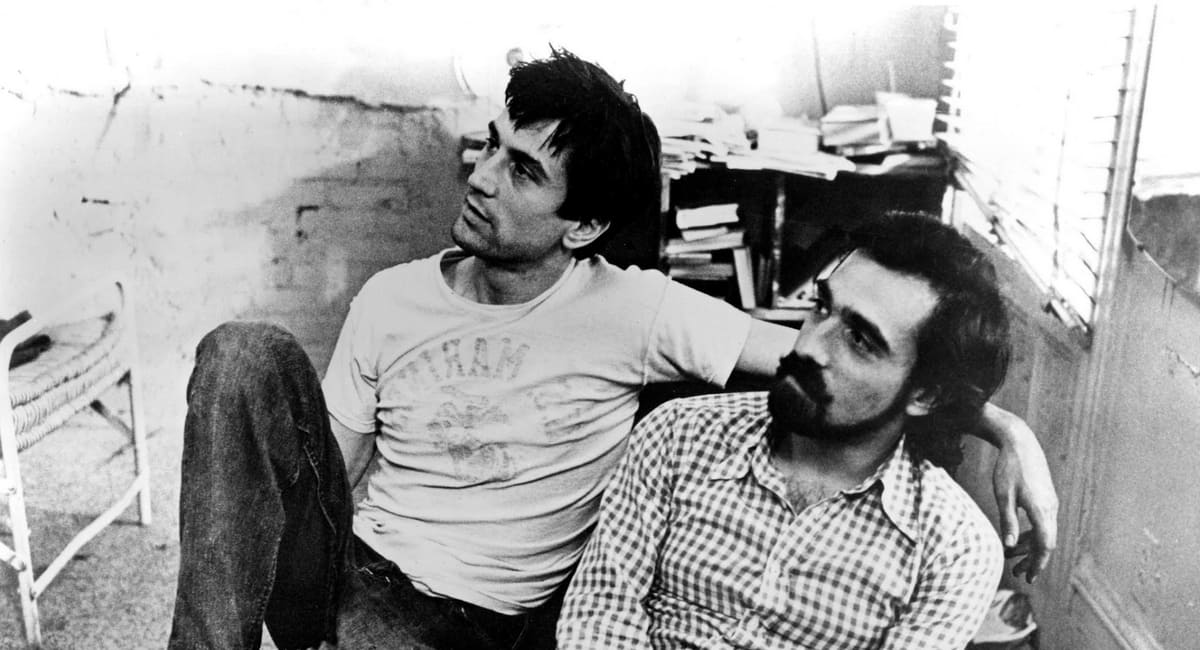
Violence as the point of no return
Travis reaches his limit. His famous line in front of the mirror – “You talkin’ to me?” – is the moment when a person completely breaks from reality. He becomes judge and executioner, arming himself to deliver “justice.”
The subsequent bloodbath in the brothel is catharsis for the hero, but not for the viewer. It’s the moment when Travis stops being a victim and becomes a threat. He kills, but instead of punishment, he’s hailed as a hero. The world is so rotten that even his brutality seems like purification.
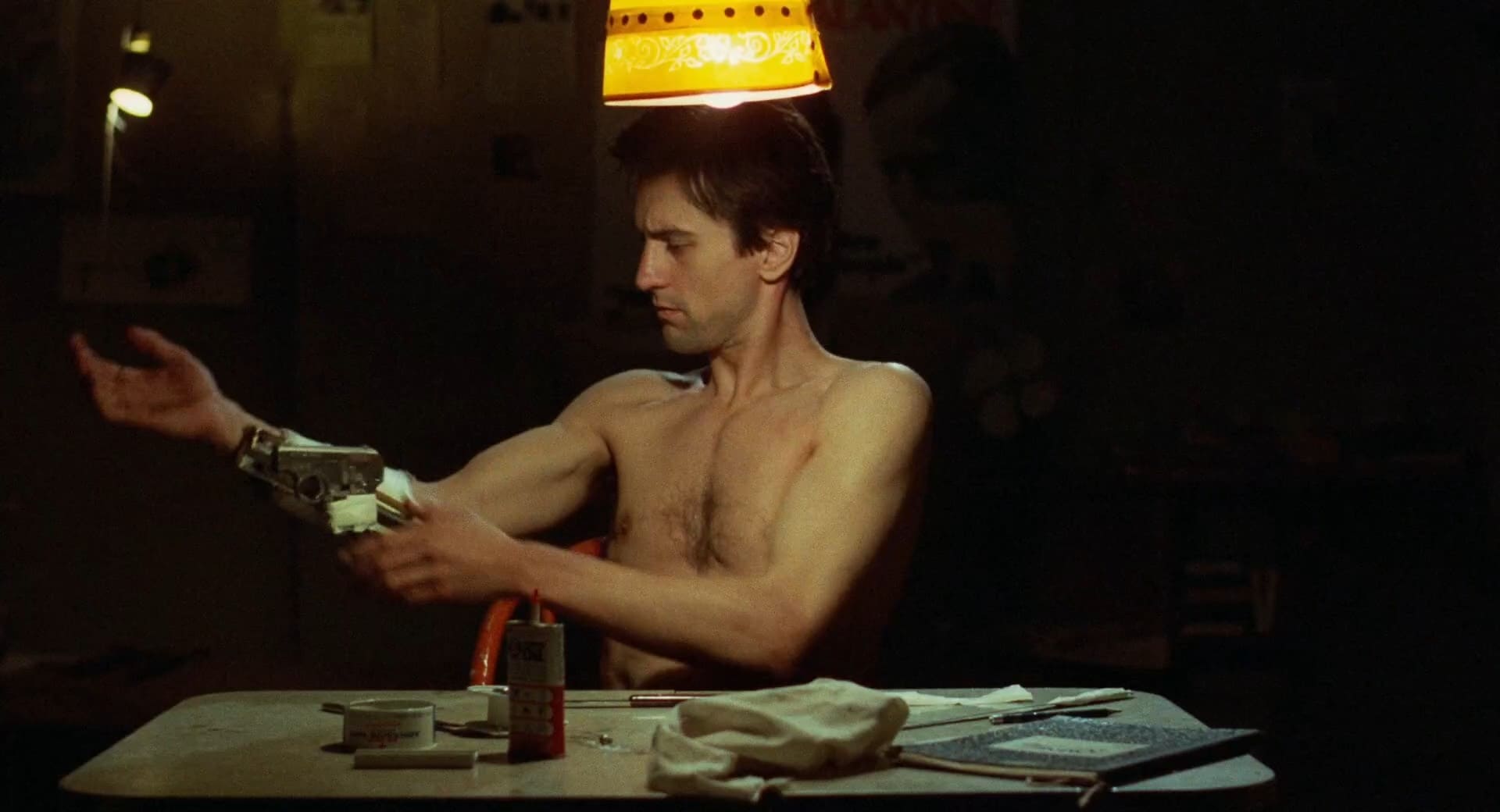
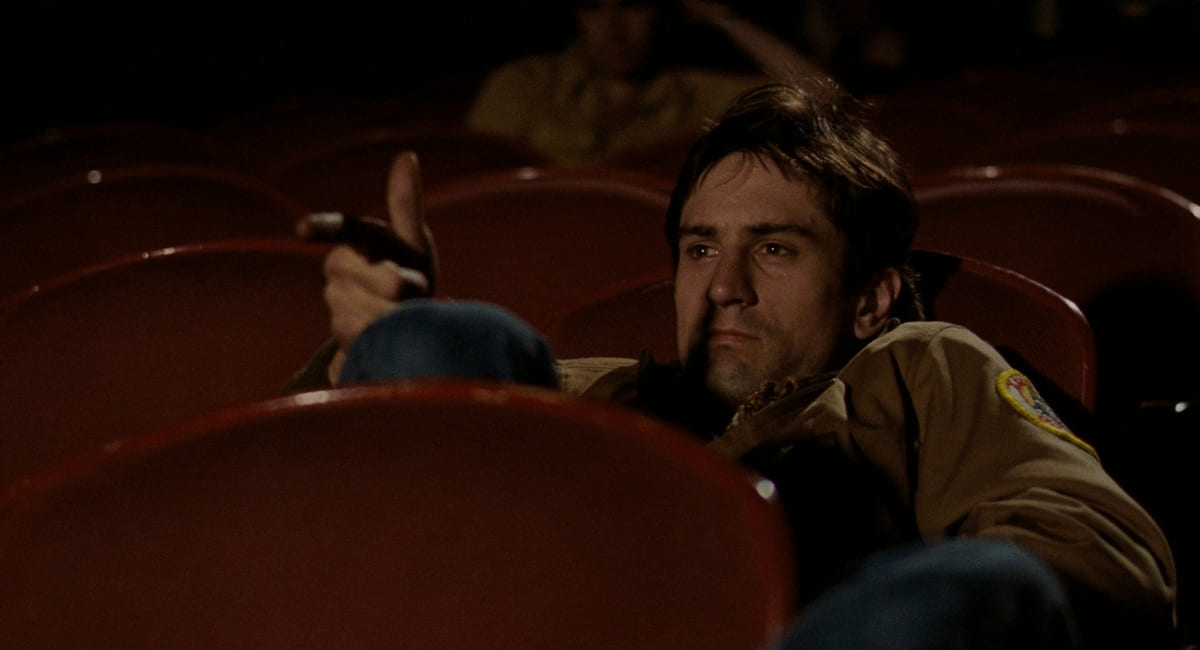
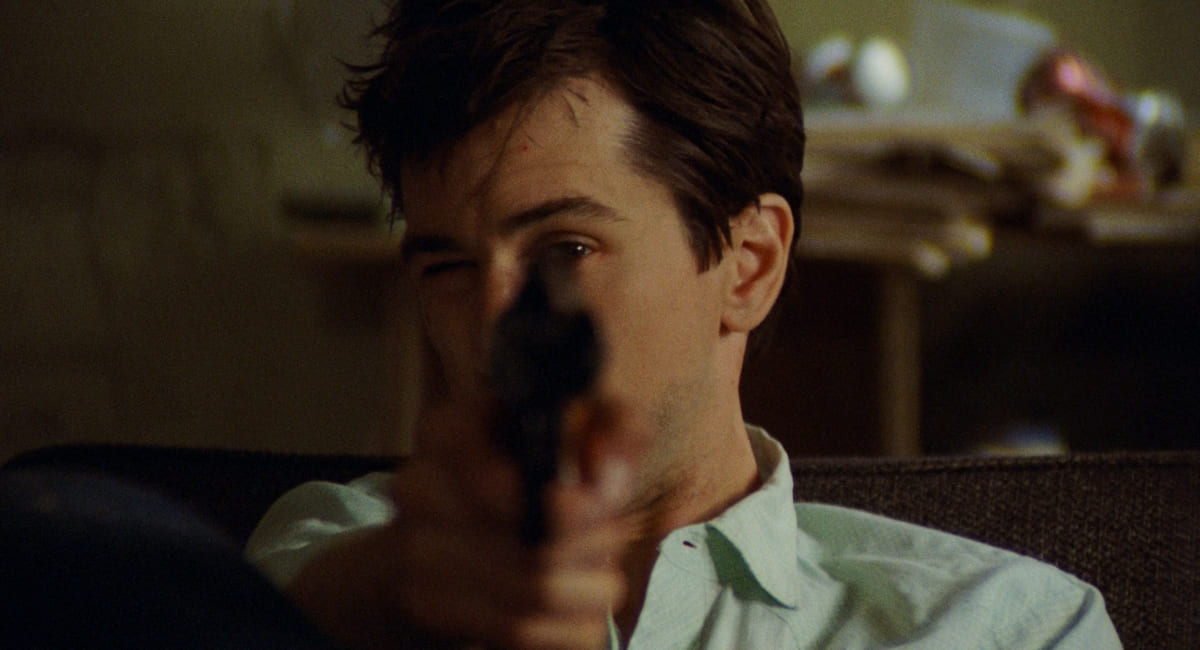
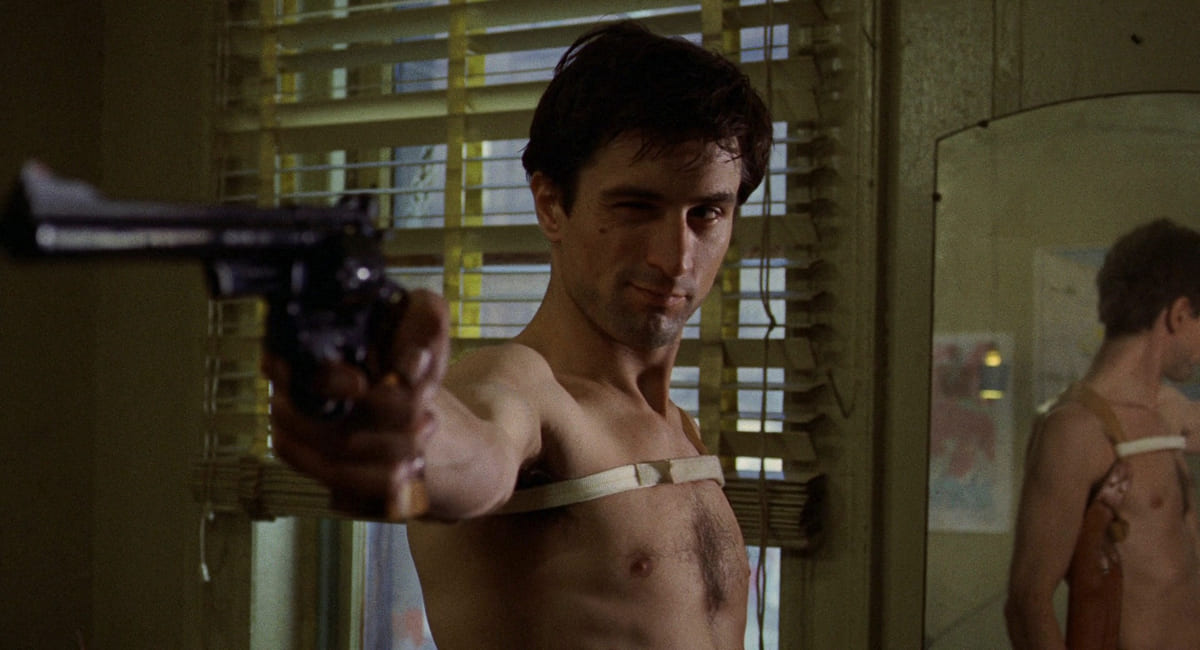
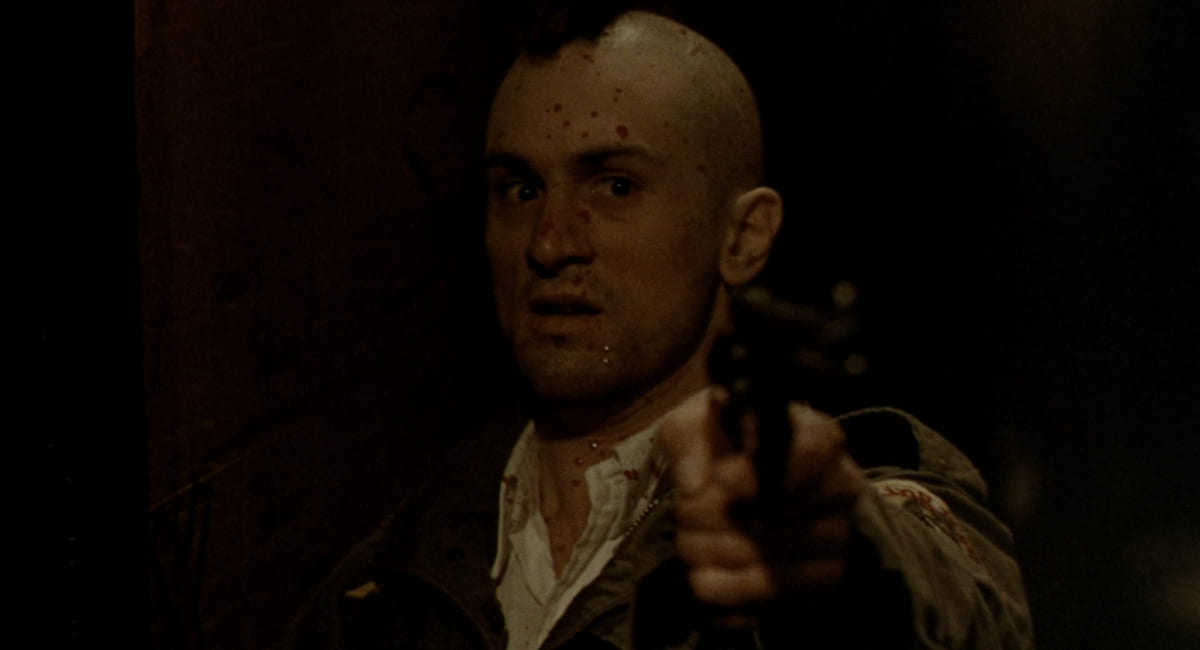
The harsh aesthetics of "Taxi Driver" aren’t just style – they’re philosophy. At Amber&Key, we’ve captured this in our new collection.
Influence on cinema: The legacy of "Taxi Driver"
Paul Schrader’s script has inspired generations of filmmakers. From Fincher’s "Fight Club" to Phillips’ "Joker" – Travis Bickle lives on in new heroes. His isolation, inability to connect with the world, and violent transformation are archetypes cinema can’t let go of.
This film changed Scorsese’s career, made De Niro and Schrader iconic figures. Even decades later, "Taxi Driver" remains a benchmark for exploring the human psyche.
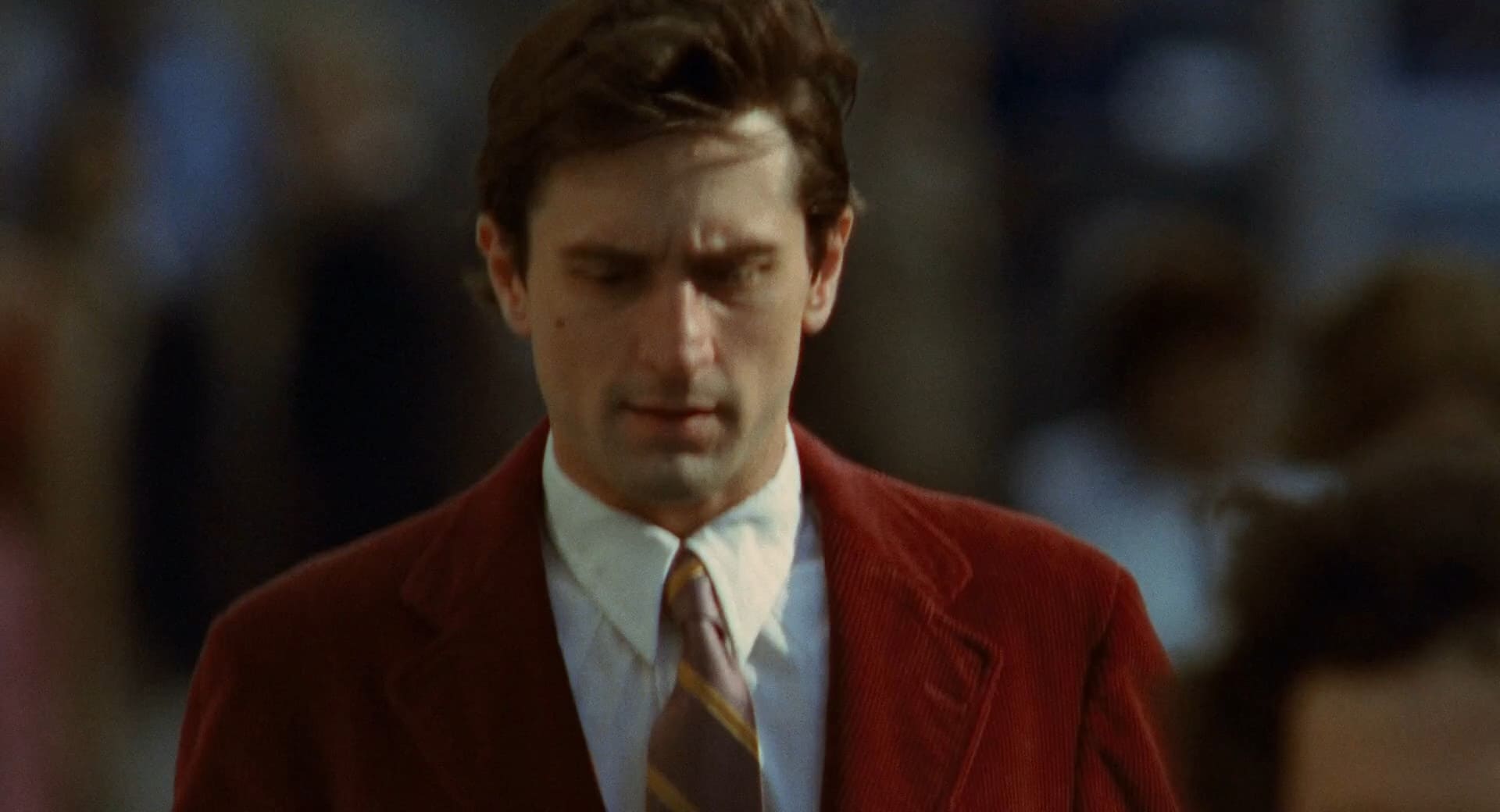
An inside look
We watch "Taxi Driver" and feel the unease. We don’t want to be Travis, but we understand him. In every big city, there are lost souls searching for some meaning.
The Amber&Key collection, dedicated to "Taxi Driver", captures the spirit of this cult film. Enjoy the details and atmosphere embedded in this collection.


















